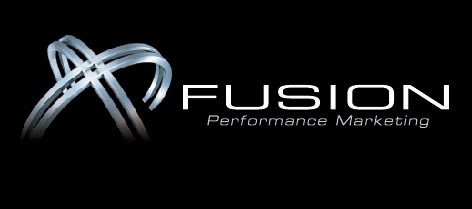Traveling can be expensive, complicated and often a headache when you don’t know where to look or what to do in certain situations. It’s always great to know some basic rules to follow to make your travel experiences run smoothly. Here are a few rules of travel that FUSION recommends:
- Fly on Tuesday, Wednesday or Saturday - Traveling on off-peak days and times means lower fares… and greater chances of mileage-award seats!
- Buy Tickets Tuesday Afternoon – Airlines announce fare sales on Monday night and other airlines match sales on Tuesday mornings. Best time to score a deal: Tuesdays between Noon and 3pm.
- Get Mileage-Award Seats – The best chance of getting the seats you want is six months out, if you can’t find them, call the mileage-award redemption desk right after midnight on a weekend – they have updated inventory and time to assist you!
- Save on International Business-Class Fares - Business travel slows and airlines drop fares in January and August!
- Stay at a Sold Out Hotel – Find out when cancellation penalties start for the date you want to arrive… Scoop up rooms made available by people who’ve just canceled.
- Vacation Over Sunday – Many hotels have a void over Sunday night –increasing your chances for an upgrade. Book Saturday/Sunday or Sunday/Monday for better deals.
- Hop Between Cities Midday – When traveling abroad, schedule transportation for the middle of the day. You’ll miss rush hour traffic, won’t miss the sunrise and you’ll arrive in time to check right into your hotel!
- Think “Shoulder Season” for Island Trips – Peak-season rates are usually driven by the season, but some destinations – such as islands – are driven by neighboring countries vacation schedules. The shoulder season(between high and low seasons) is the solution –crowds are thinner and the weather is good.
- Check Your Email – Airlines and hotels target specific subsets of travelers – loyalty program members, holders of certain credit cards, people who’ve registered on their websites – and alert them by email of great deals not available to everyone.
- Earn Elite Status with Credit Cards – Carry one airline-branded card and one hotel-branded card that help you attain and maintain elite status, and make sure that at least one of those cards charges no foreign-purchase fees.
- Find Business-Class Bargains – Sites like Etravelbid.com negotiate unpublished, discounted business-class fares with no advance-purchase requirement.
- Find Mileage-Award Seats with Airline Alliances’ Hubs – Start with the hub-to-hub routes flown by the carriers in your alliance. Once you find that flight with award seats, tack the short-haul flights on either end.
Reference: Perrin, Wendy. “The Perrin Report: Secrets Every Marketer Should Know.” The Informer, November 2011.



